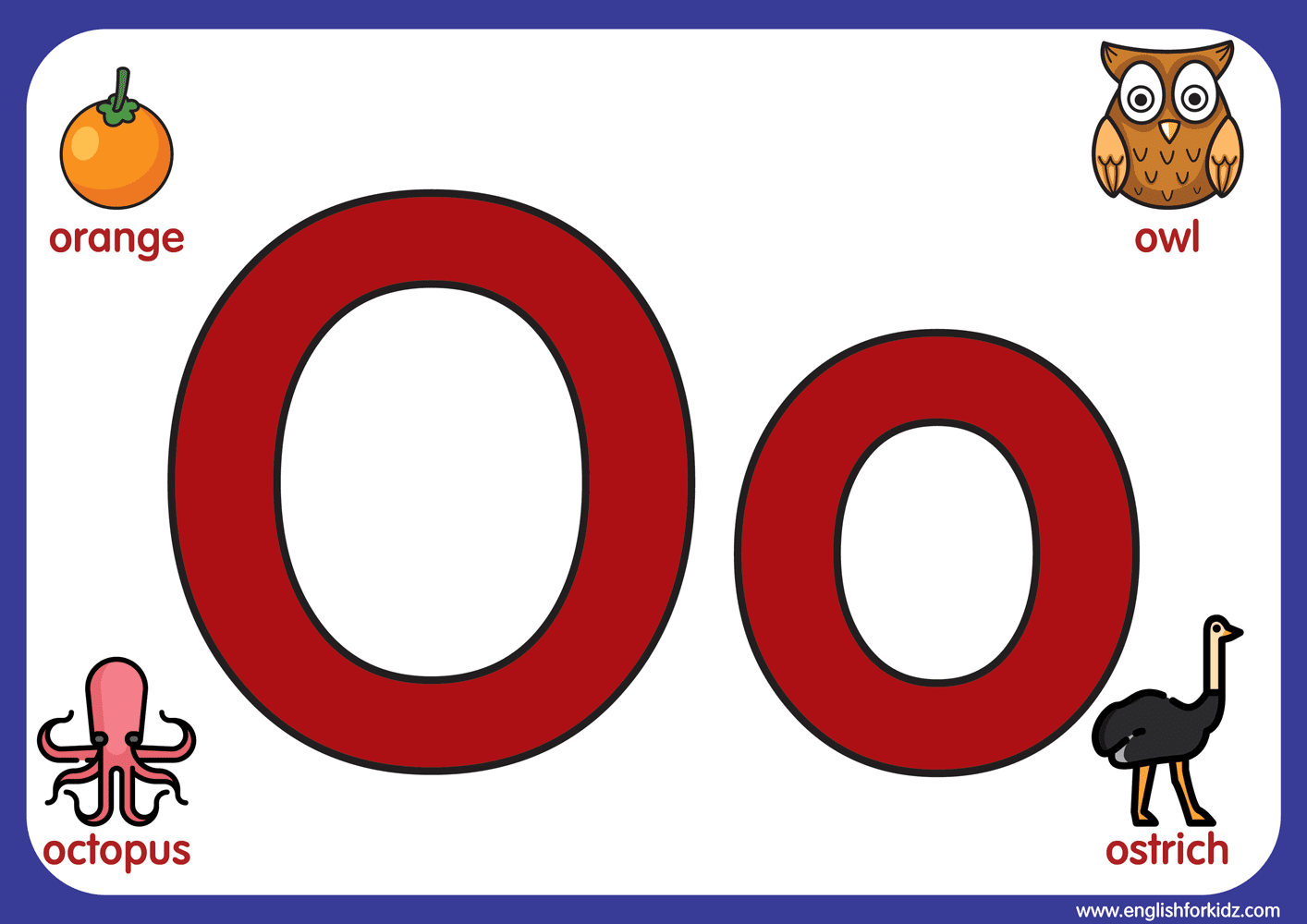Where Is O-Block? Uncovering The Chicago Neighborhood's Story In Chicago Today
Have you ever heard the name "O-Block" and wondered exactly where it is, or perhaps why it gets so much talk? It's a place that, you know, has certainly found its way into popular culture, especially through music. Many people are curious about this spot, wanting to understand its actual location and what makes it significant.
This particular area, often mentioned in songs and stories, carries a lot of meaning for many folks. It's not just a dot on a map; it's a community with a history and a very real impact on people's lives. We're going to explore where you can find it and a little about its background, actually.
Today, we'll take a look at the actual geography of O-Block, its cultural importance, and some of the things that make it a known name. So, get ready to learn more about this part of Chicago, and what it really means.
- Sophiexyz Spiderman
- How Long Does It Take For Eyelashes To Grow Back
- What Happened To Jessica Tarlov
- Dubai Strawberry Cup Near Me
- Hannah Love Is Blind
Table of Contents
- What is O-Block?
- The Exact Location of O-Block
- The History and Significance of O-Block
- Life in O-Block: Beyond the Headlines
- Addressing Common Questions About O-Block (FAQs)
- Looking Ahead: The Future of O-Block
- Conclusion
What is O-Block?
When people talk about "O-Block," they are, you know, really referring to a specific housing complex in Chicago. It's not an official city district or a recognized neighborhood name on its own. Instead, it's a nickname given to the Parkway Gardens apartment complex, a very large residential area with a lot of history.
This name has gained a lot of recognition, largely because of its connections to the drill music scene and various artists who grew up there. It's become a symbol, in some respects, for a certain part of Chicago's urban experience. People often hear the name and associate it with stories told through music and media, so it's quite well-known.
So, basically, O-Block is a community within a larger community. It's a place where many families live, and it has a strong identity shaped by its residents and the broader cultural conversation around it. It's more than just buildings; it's a home for a lot of people, you know.
- How To Remove Acrylic Nails
- Lagu Waiting For You
- In The Clurb We All Fam
- How Did Mr Beast Get Rich
- Whats Jon Gruden Doing Now
The Exact Location of O-Block
If you're wondering precisely where O-Block is, you'll need to look at the South Side of Chicago. This area is a really important part of the city's overall makeup, and it's home to many different communities. O-Block sits within one of these, specifically the Woodlawn neighborhood, which has its own rich past.
The complex itself is quite large, covering several city blocks. It's a very distinctive set of buildings, and you can spot it pretty easily if you know what to look for. Knowing its exact spot helps us understand its place in the bigger picture of Chicago, too.
It's important to remember that Chicago is a huge city, and each neighborhood has its own feel. O-Block's spot in Woodlawn gives it a particular flavor, influenced by the surrounding streets and the people who live nearby, which is quite interesting.
Mapping Out Parkway Gardens
The Parkway Gardens complex, which is O-Block, is located at approximately 64th Street and Martin Luther King Drive. This intersection is a key point for finding it. The complex stretches across several blocks, so it's a pretty big presence in that part of Woodlawn, actually.
You'll find it just a little bit west of the Chicago Skyway and south of the University of Chicago campus. It's a densely populated area, with residential buildings and local businesses nearby. So, it's a central spot for many folks who live there.
The buildings themselves are mostly brick, garden-style apartments, built around courtyards. This design was quite popular when they were first constructed, and it gives the area a distinct look. It's a very recognizable landmark for anyone familiar with that part of the city, you know.
Neighborhood Context
The Woodlawn neighborhood, where O-Block is situated, has a long and somewhat complex history. It's seen many changes over the decades, from periods of growth to times of struggle. This context is really important for understanding O-Block itself, honestly.
Woodlawn is bordered by Hyde Park to the north, which is home to the University of Chicago, and by the lakefront to the east. These surrounding areas, you know, also play a role in the daily lives of O-Block residents. The mix of academic institutions, parkland, and residential areas creates a unique urban environment.
The community has faced its share of challenges, like many urban areas, but it also has a strong sense of pride and resilience. Understanding this broader neighborhood helps us appreciate the stories that come from O-Block, and why it's such a talked-about place, basically.
The History and Significance of O-Block
O-Block's story didn't just begin when it became famous in music. It has a much deeper past, rooted in Chicago's urban development and social changes. Knowing this history helps us, you know, get a better picture of what the place is really about. It's not just a recent phenomenon.
The buildings themselves have been around for a long time, witnessing many shifts in the city's population and economy. This long history gives the area a certain weight, a kind of layered experience that you can feel. It's a very real place with very real roots.
The significance of O-Block, therefore, comes from both its past and its present. It's a spot that holds meaning for generations of people who have called it home, and it continues to evolve. So, it's a living, breathing part of Chicago's story, really.
From Housing Project to Cultural Landmark
Parkway Gardens was originally built in 1950. It was designed as a cooperative housing complex for middle-income families, which was, you know, a somewhat progressive idea for its time. It was even, arguably, the first privately owned, African-American financed housing cooperative in the United States, which is a pretty big deal.
Over the years, the demographics and economic conditions of the area changed. The complex eventually became Section 8 housing, providing affordable homes for low-income residents. This shift, you know, brought new challenges but also continued to serve a vital purpose in the community.
The name "O-Block" itself is believed to be a tribute to a young man named Odee Perry, who was killed in the area. This naming tradition, unfortunately, is a common way for communities to remember those lost to violence. It gives the place a very personal and somber connection for many residents, honestly.
O-Block's Influence on Music and Pop Culture
The biggest reason O-Block is so widely known today is its strong connection to Chicago's drill music scene. Many prominent artists, like the late King Von and Lil Durk, grew up in or around Parkway Gardens. Their music often tells stories about life in the complex and the surrounding streets, so it's very authentic.
These songs, you know, offer a raw and unfiltered look at the challenges and realities faced by young people in certain urban environments. They've brought O-Block's name to a global audience, making it a symbol in hip-hop culture. This exposure has, for instance, sparked both interest and controversy.
The music has, in a way, made O-Block a cultural landmark. It represents a specific sound and a particular narrative that resonates with many listeners. This connection to music has, arguably, given the complex a fame that extends far beyond Chicago's city limits, which is quite something.
Life in O-Block: Beyond the Headlines
While the media and music often focus on the more dramatic aspects of O-Block, there's a lot more to life there than just the headlines. It's a place where families live, children play, and people, you know, go about their daily routines. There's a strong sense of community that often gets overlooked.
Residents face real challenges, like limited resources and, unfortunately, the presence of violence. However, there are also many positive stories of resilience, community efforts, and people working to make things better. It's a very human place, with all the ups and downs that come with that.
People in O-Block, like people everywhere, have hopes, dreams, and everyday struggles. They build lives, raise families, and try to create a good future for themselves. Understanding this broader picture is, you know, pretty important for anyone trying to grasp what O-Block truly is, actually.
There are local organizations and community leaders who work tirelessly to support the residents, offering programs and resources. These efforts, in some respects, show the strength and determination within the community itself. It's not just a place defined by its problems, but by its people, too.
For instance, community gardens might pop up, or local events might bring people together. These small things, you know, really make a difference in building a sense of belonging and shared purpose. It's a place where people genuinely care about their neighbors, at the end of the day.
Addressing Common Questions About O-Block (FAQs)
What is O-Block known for?
O-Block is primarily known for its association with Chicago's drill music scene and the artists who emerged from the Parkway Gardens complex, like King Von and Lil Durk. It's also, you know, known for the stories of urban life and challenges often depicted in that music. The name itself, as a matter of fact, became widely recognized through these cultural connections.
Is O-Block a dangerous place?
Like many urban areas, O-Block has faced issues with crime and violence, which have been widely reported and discussed in music. It's a place where residents, you know, often deal with difficult circumstances. However, it's also a residential community with families and everyday life. Characterizing any place as simply "dangerous" can be a bit too broad and doesn't tell the whole story, honestly. Safety perceptions can vary, and it's important to remember that it is home to many people.
Who is O-Block named after?
The nickname "O-Block" is widely believed to be a tribute to Odee Perry, a young man from the Parkway Gardens complex who was killed in 2011. This naming, you know, serves as a memorial within the community. It's a way for residents to remember and honor those who have passed away, which is, you know, a very personal connection for many. You can learn more about similar community dynamics in Chicago here.
Looking Ahead: The Future of O-Block
The future of O-Block, like any community, is shaped by many factors. There are ongoing efforts, you know, to improve conditions and create more opportunities for residents. These efforts often involve community leaders, local organizations, and the residents themselves, working together.
As Chicago continues to evolve, places like O-Block will also see changes. Discussions about urban development, affordable housing, and community support are always happening. These conversations, you know, will certainly play a role in what O-Block looks like in the years to come.
The cultural impact of O-Block, especially through music, will likely continue to resonate. Its story, in a way, has become part of a larger narrative about urban life and resilience. So, its influence, you know, might keep growing even as the physical place changes, which is pretty interesting.
It's a community that, honestly, continues to adapt and grow. The people who live there are the heart of its story, and their experiences will define its path forward. There's always a new chapter being written, so to speak, in places like this.
Conclusion
So, to recap, O-Block is the popular name for the Parkway Gardens apartment complex, located on Chicago's South Side, specifically around 64th Street and Martin Luther King Drive. It's a place with a deep history, a vibrant community, and a significant role in popular culture, especially through drill music. We've seen how its location, history, and the lives of its residents all contribute to its unique identity, you know.
Understanding O-Block means looking beyond simple labels and appreciating the complex reality of a community that has faced challenges but also shown immense strength. It's a spot that, you know, holds many stories, both personal and widely shared. There's a lot more to it than just what you might hear in a song, honestly.
We hope this overview has given you a clearer picture of where O-Block is and what it represents. To learn more about Chicago's neighborhoods on our site, and to discover more about urban communities, feel free to explore our other content. It's a big city with many fascinating places to get to know, you know, and O-Block is certainly one of them.
- How Long Does It Take For Eyelashes To Grow Back
- Ap Classroom Unit 6 Progress Check Mcq Answers Ap Lang
- How Long Is A Fortnight
- Twin Where Have You Been
- More Than A Married Couple

Download Free Letter O Free Clipart HD ICON favicon | FreePNGimg

Printable Letter O

letter O logo, divider color design. Alphabet O for energy labels, rock